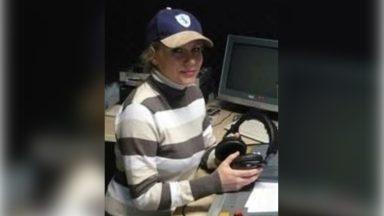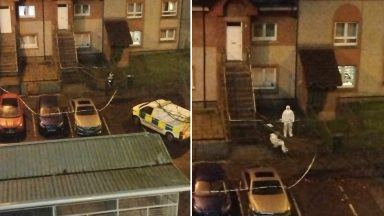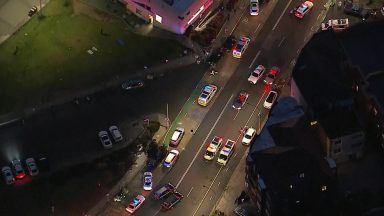Few people may associate Glasgow with romance in the way they might Paris or Rome.
But Scotland’s biggest city is said to be home to a much-treasured relic that can help boost its credentials – the bones of Saint Valentine.
It’s claimed the forearm belonging to the patron saint of lovers, epileptics and beekeepers is kept in a chest at Blessed John Duns Scotus Catholic church in the Gorbals.
The story of Saint Valentine
The life of the saint has been shrouded in myth for centuries. It is thought his story was inspired by a number of holy men of the same name living in Italy at the time.
It is most likely that St Valentine was a priest or a bishop living in Italy in the third century.
According to ancient sources, he broke a Roman law to conduct marriages in secret for persecuted Christians and was jailed. When he refused to renounce his faith, he was executed on February 14, in the year 270AD.
It was made a Catholic feast day by Pope Gelasius in 496 AD in honour of Valentine’s martyrdom.
The tradition associated with Valentine’s Day began later in the 14th century, popularised by author and academic Geoffrey Chaucer, who wrote one of the earliest known Valentine poems, Parliament of Fowls.
With the rise of mass production, lace-adorned cards exchanged between the sexes became custom in the Victorian era.
The holiday has become increasingly commercialised, with love and affection tangibly demonstrated with gifts of jewellery, chocolates, flowers and meals out.

How the bones came to Glasgow
It’s understood that a wealthy French family donated some relics of Saint Valentine to the Franciscan Catholic church in 1868.
The bones were then brought to Glasgow’s Church of Saint Francis by a religious order and kept there for over a century.
In 1993, they were moved to the church on Ballater Street, then St Luke’s, where they remain today.
The bones are kept in a glass reliquary, decorated with the words ‘Corpus Valentini Martyris’ – meaning ‘The body of the martyred Saint Valentine.’
Visiting the bones of St Valentine
The chest is kept in a glass case in a side aisle inside the Blessed John Duns Scotus church.
Every year on February 14, the box is decorated with flowers to celebrate his life and a mass is held, with prayers said for people in love and those seeking it.
The church has also become a place of pilgrimage for couples and on occasion, a proposal spot.
But Glasgow is one of several European cities which have laid claim to the relics of St Valentine.
The martyr’s skull is thought to be in Rome’s Basilica Di Santa Maria, with other remains said to be held at churches including Dublin, Prague and Madrid.
Follow STV News on WhatsApp
Scan the QR code on your mobile device for all the latest news from around the country



























